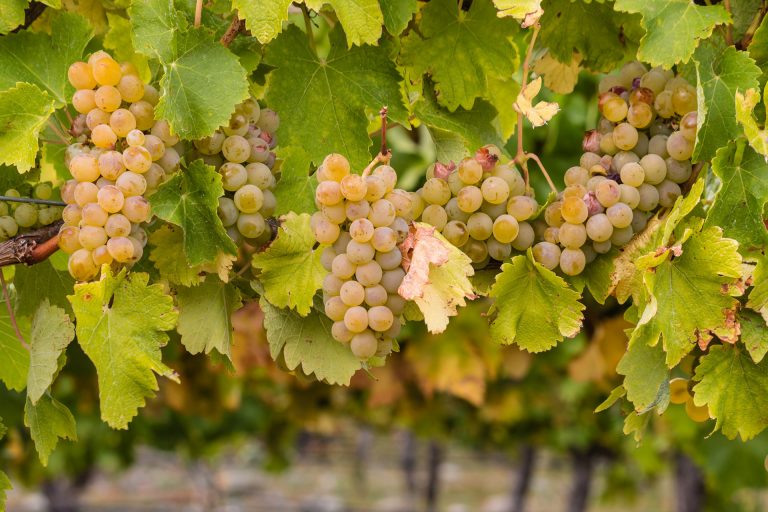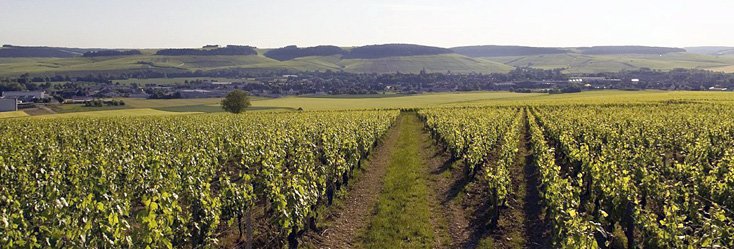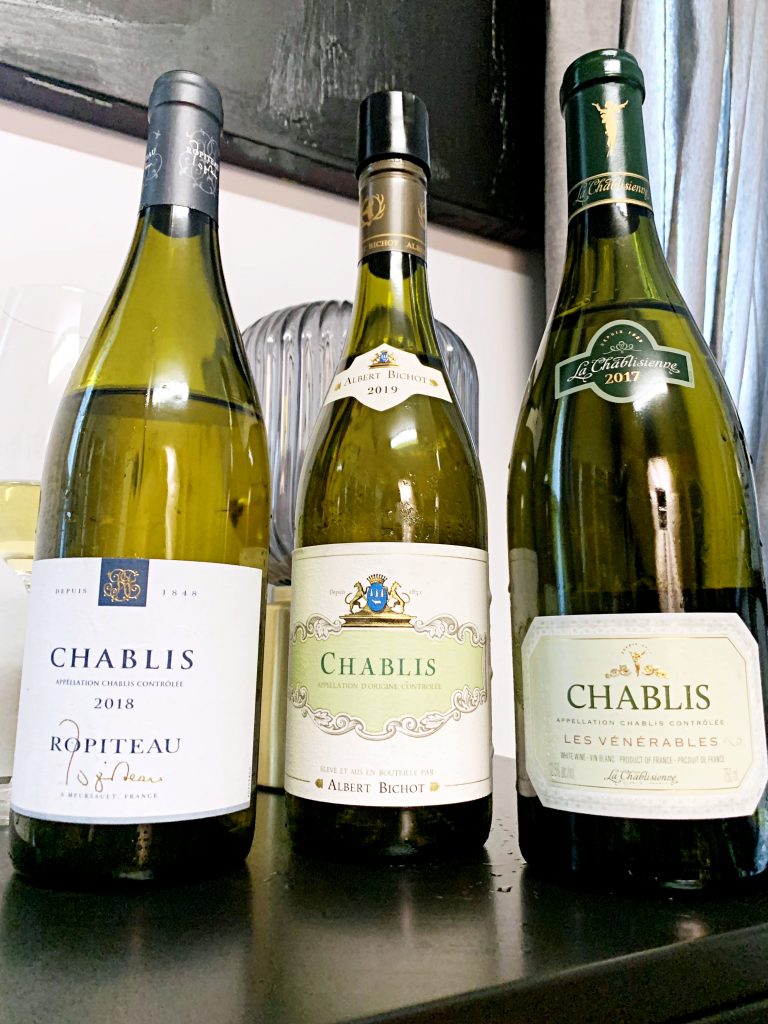

“I’m not a big fan of Chardonnay.”
“I would love a glass of wine, as long as it’s not Chardonnay.”
“Oh, all you have is Chardonnay?”
“Anything BUT Chardonnay, please.”
“Oh, you have Chablis? I’ll take a glass!”
Don’t be fooled into thinking all Chardonnay-made wines are the same. As someone that spent their life working in restaurants, the typical ABC refrain (Anything, But Chardonnay) is nearly comical. Even more so if, in the same breath, your guest asks for a glass of Chablis instead. The funny thing about Chardonnay is its versatility. Chardonnay is never going to be the same from place to place, winemaker to winemaker, or even vintage to vintage. It is seriously the tofu of grapes!
Nicknamed the winemaker’s grape, Chardonnay has this way of picking up on slight changes in terroir, winemaking and climate. Like tofu, an ingredient that can be moulded with different sauces or cooking techniques, Chardonnay can also present itself as a completely different wine depending on all those factors.

Most of the time, when people say they hate Chardonnay, what they are really saying is that they dislike the flavour of new oak. Like red wines, Chardonnay is one of the few white grape varietals that can handle oak ageing. When done in oak, the wine takes on opulent, toasty, smoky, earthy and buttery characteristics. All of which come from placing the wine in new French Oak barrels to ferment or age. Chardonnay sucks in these aromas and flavours like a sponge. Strip away new oak ageing, swapping to either stainless steel or neutral barrels, and get a completely different wine. One that shows off the flavours of the grape. Filled with pomaceous fruit, apricot, lemon, line, starfruit, floral and even mineral notes. This is the reason why you might be a fan of Chablis over a California oak-aged Chardonnay.
Being cool, cool-climate, that is, also matters when it comes to Chardonnay. One of my favourite regions in the world to have Chardonnay from is Chablis. Like other cool-climate regions that grow Chardonnay, you tend not to experience tropical or overbearing fruit notes in the wines from Chablis. Wine lovers that often gravitate to acid-driven wines like Pinot Grigio, Sauvignon Blanc, or even Vinho Verde have a palate primed and ready for a glass from Chablis. Cool-climate wines don’t often experience full ripening, keep a lean freshness, and showcase more elegant and aromatic intensity.
There is one other unique factor that makes Chardonnay wines from Chablis so different that Chardonnay made anywhere else in the world – because it is from Chablis!

The region of Chablis has a terroir that only forwards the freshness that this cool climate can produce. Sitting on top of limestone soils, either Kimmeridgian or Portlandian, they bring this distinctive seaside vibe into the wine. This soil is made from ancient, decomposing sea creature fossils, which means they have the freshness of the ocean locking into them. Even if you are nowhere near an ocean, limestone soils have a way of bringing out this bright, linear and vibrancy in the wine.
There is more than just one type of Chardonnay. Step outside of your comfort zone and don’t write Chardonnay off just yet, especially if you have yet to have a glass of Chablis!
From 100% stainless steel to neutral barrel, productions check out these wines to experience the side of Chardonnay that Chablis has to offer.

Domaine Albert Bichot Chablis 2019
One of the biggest producers in Bourgogne, Albert Bichot, makes one of the most recognizable Chablis wines in the world. Their classic Chablis is made in a straightforward that shows off the region perfectly. Done entirely in stainless steel and aged on fine lees for 10 months, this winemaking style brings to the glass a fresh, lifted and aromatic wine. Experience this wine, and you will be met with aromas of lemon and lime citrus, tart starfruit, cardamon, and a touch of white chalk, like walking near the cliffs of Dieppe. On the palate, the wine is lively and lean. There are touches of salinity and a brightness to the wine overall.
Ropiteau Frères Chablis 2018
This wine brings out a slightly different side of Chablis, a bolder side. Ropiteau is another famous producer making wine throughout the whole region of Bourgogne, and they bring a little southern touch to the glass. The wine is mainly produced in stainless steel, but there is a touch of complexity with some soft oak ageing to finish off the final wine. This change-up in production creates a wine that shows aromas of green apples, green pear, lime zest, tart starfruit, with touches of green mango and a bolder openness to those aromas. The wine is round in texture on the palate, but keep that classic Chablis mineral edge and racy acidity.
La Chablisienne Chablis Les Venerables Vieilles Vignes 2017
Part of the classic Chablis production, this wine is a step up. How can you tell? They gave the bottle the name Les Venerables – The Venerable, a word that shows a great deal of respect with age and wisdom. All the vines that went into making this wine are 35 years old and from a collection of vineyards throughout Chablis. La Chablisienne is a cooperative solely focused on the region of Chablis. They don’t produce any wines made from the other area of Bourgogne. In terms of winemaking, this is a stainless steel and barrel production that goes through 14 months of ageing, and you can expect a bit more resonance in the glass. The wine has aromas of white flowers, yellow apples, lemon juice, and a mineralistic edge. On the palate, it is lifted and lean but focused, just absolutely refreshing.
